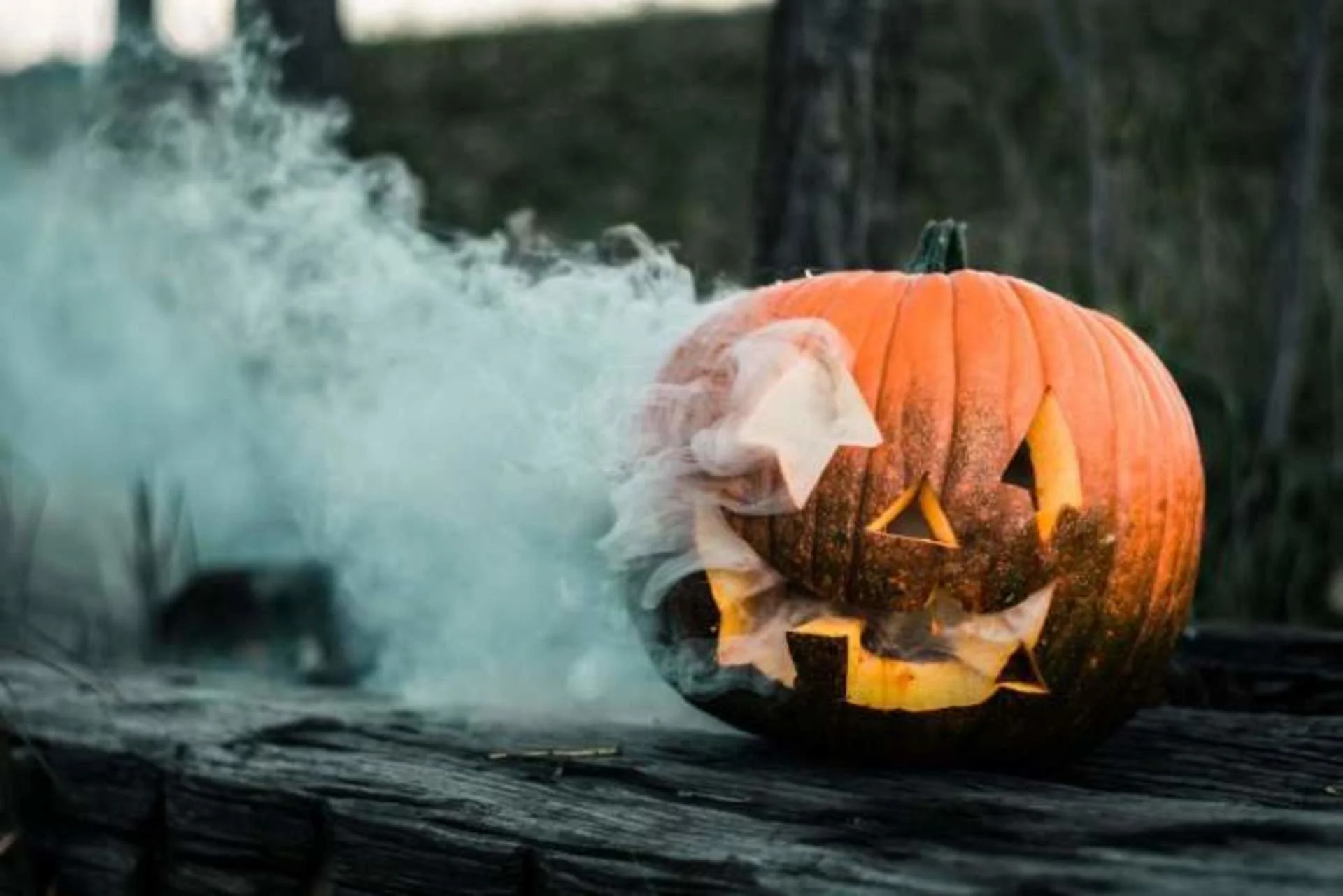
Millions of tonnes of pumpkins wasted annually: Here's how to reduce waste
Here are some tips to enjoy Halloween while minimizing your environmental impact.
Millions of pumpkins are tossed in the trash after Halloween, clogging up landfills and adding to food waste.
In the UK, about 8 million pumpkins are tossed each year, equating to 18,000 tons of pumpkin, including flesh and seeds, according to a recent report by Hubbub.
In 2018, the CBC estimated there are more than 2,500 farms in Canada with pumpkin patches, using data from Statistics Canada.
They produce 80 thousand metric tonnes of pumpkins. About 66 per cent of those are sold to customers, but most are never eaten, despite being a cost-effective and nutritious food source.
There are, however, ways to reduce waste.
Portions of carved pumpkins can be turned into food, and seeds can be roasted and eaten as a snack.
Make sure unused pumpkin bits are disposed of in a compost or food waste bin.
"It's all too easy for people to forget that Halloween pumpkins are still food," Tessa Tricks, head of food programs at Hubbub, told the Guardian.
"When they are only used for carving this contributes to the £15 [billion] of food waste in UK homes every year."
Halloween pumpkins are a small source of holiday waste, but simple changes can have a large environmental impact.
Photo uploaded to The Weather Network by Chris Bothelo.






